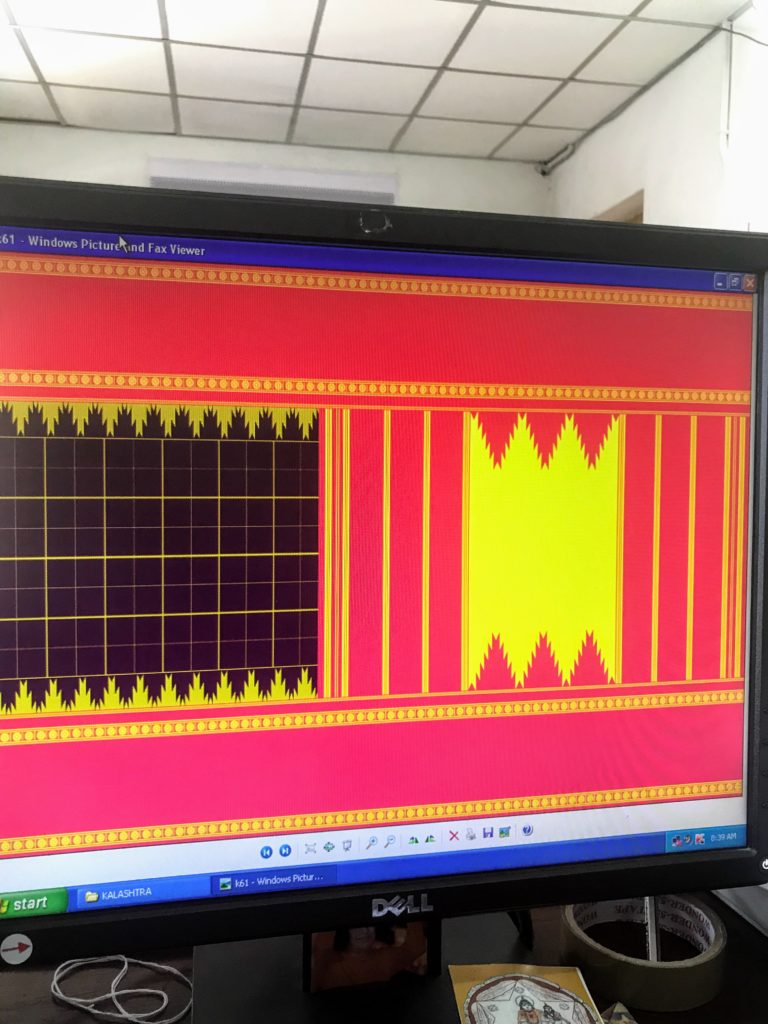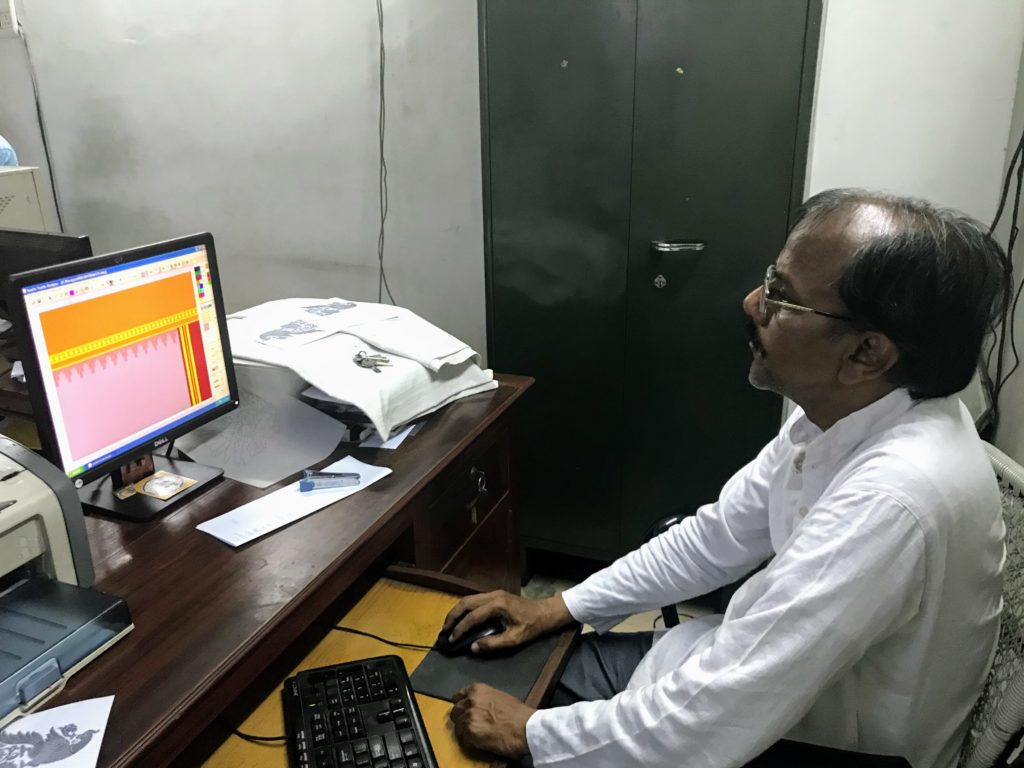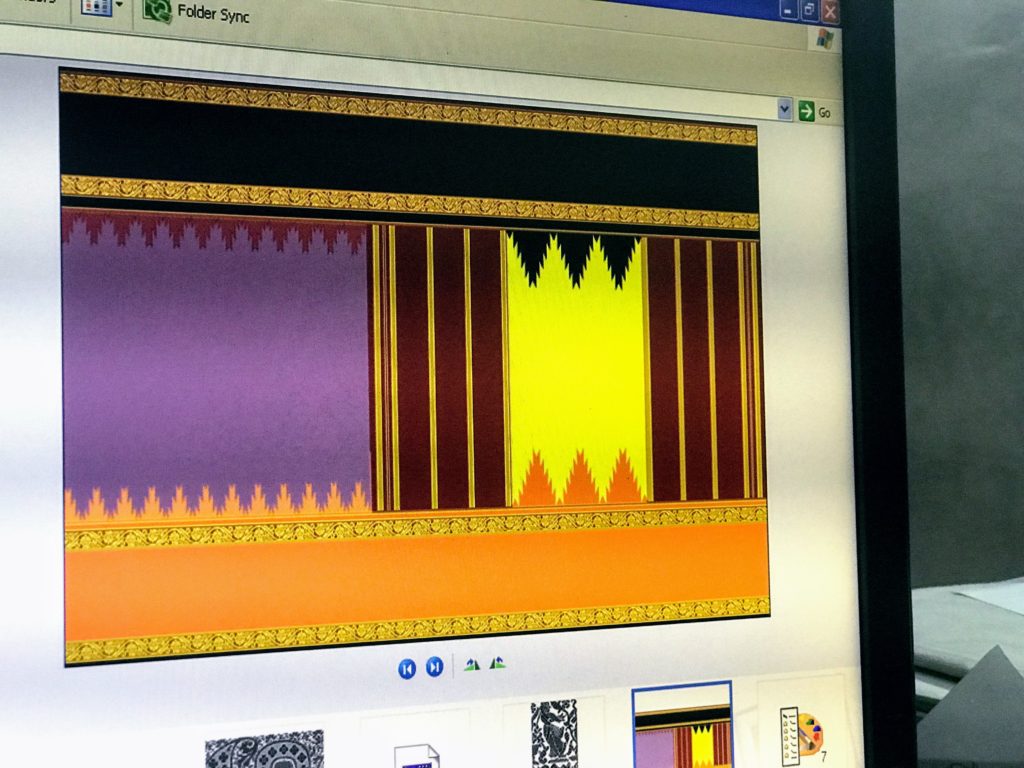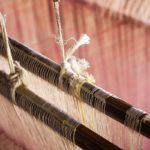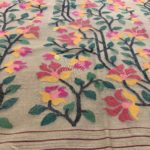Everyone talks about Kalakshetra sarees. But here is what you need to know. A Kalakshetra primer in one paragraph if you will.
Founded by Rukmini Devi Arundale, established in 1936 in Adyar, under the aegis of the Theosophical Society, Kalakshetra gave a new life to sarees.
Kalakshetra: Origin Story
Influenced by her husband, a theosophist, George Arundale, and a Russian ballerina, Anna Pavlova, Rukmini Devi decided to revive and indeed rescue the traditional arts and crafts and make them respectable and accessible to Indians and their (at that time) British masters.
Link to Dance
The dance form that she wanted to reform was the one she knew. Called sathirattam, it had fallen into disrepute, largely because it was practiced by devadasis. Rukmini Devi named it bharatanatyam and decided that this “new” dance form needed new sarees that were bright and attractive for the stage, and yet traditional enough to gain the approval of the Brahmin high society of the time. The result was the Kalakshetra saree.
Dance and Textiles
In that sense, two of the great Tamilnadu traditions– bharatanatyam and the Kanchipuram silk saree– were woven together and emerged in the grounds of this foundation established in Adayar by a group of British and Indian elite coming together to espouse the cause of dying arts.
Since then, the weaving centre of Kalakshetra has been patronised by the elite of Chennai such as Prema Srinivasan of the TVS family, Shantha Guhan of the Crafts Council, Sabita Radhakrishna and many others. The centre trained weavers such as the legendary Veerappan, whose son, Palanivelu still operates a wholesale outfit in Kanchipuram.
Kalakshetra sarees are characterized by their striking colours, traditional motifs and contrasting borders. Everyone in Kanchipuram still uses these designs and borders as you see with Krishnamoorthy below. He is creating a new saree on the computer based on a Kalakshetra design


